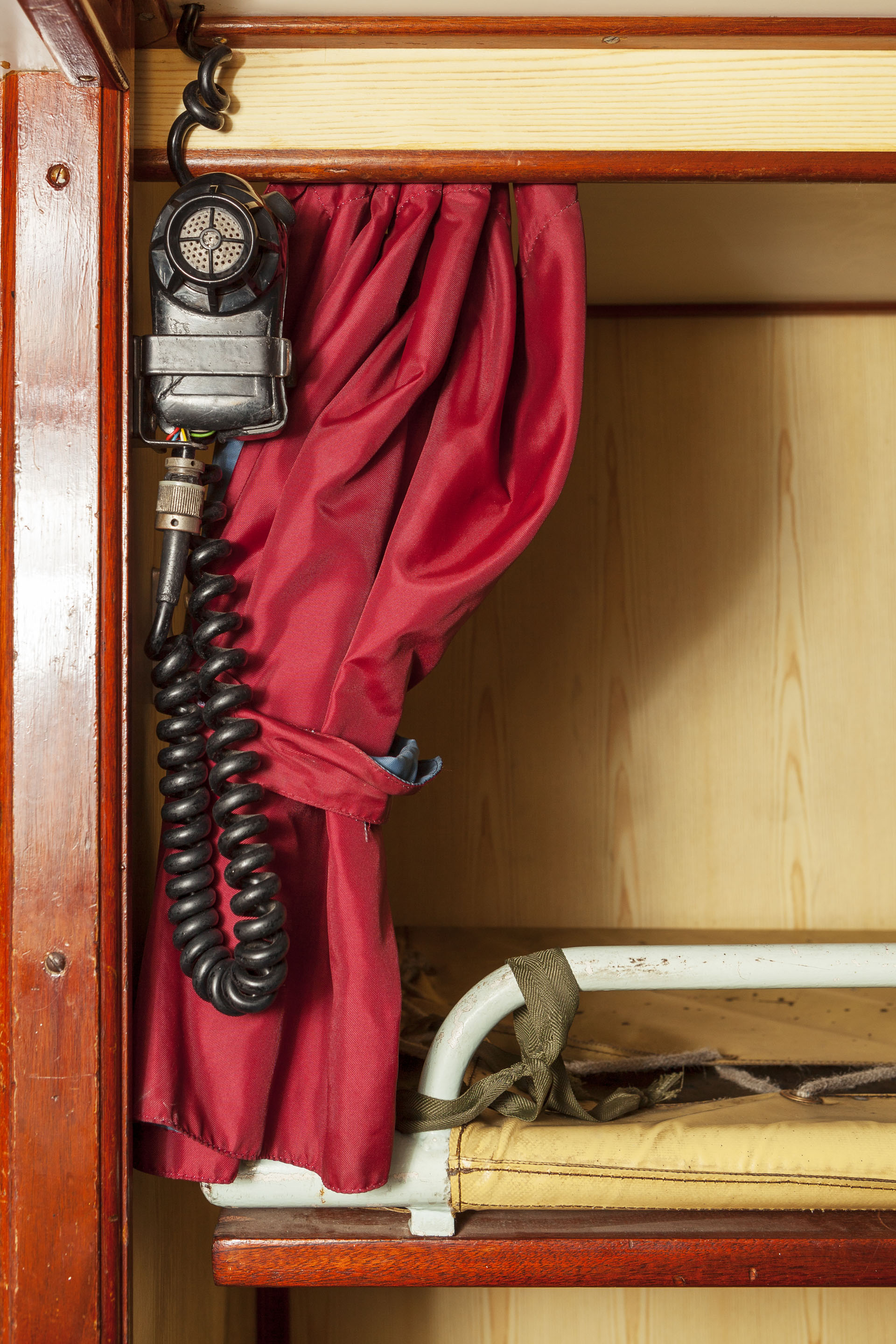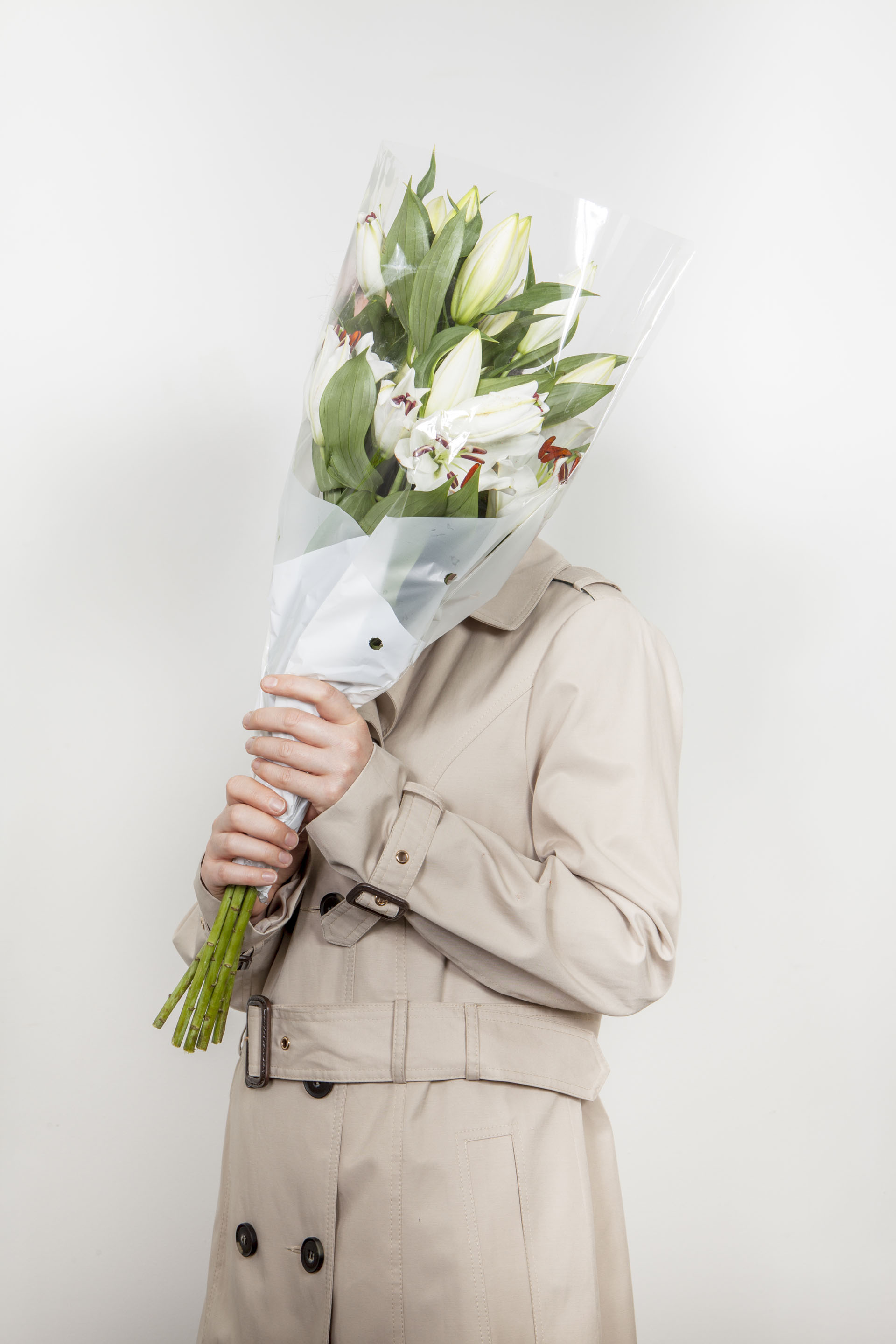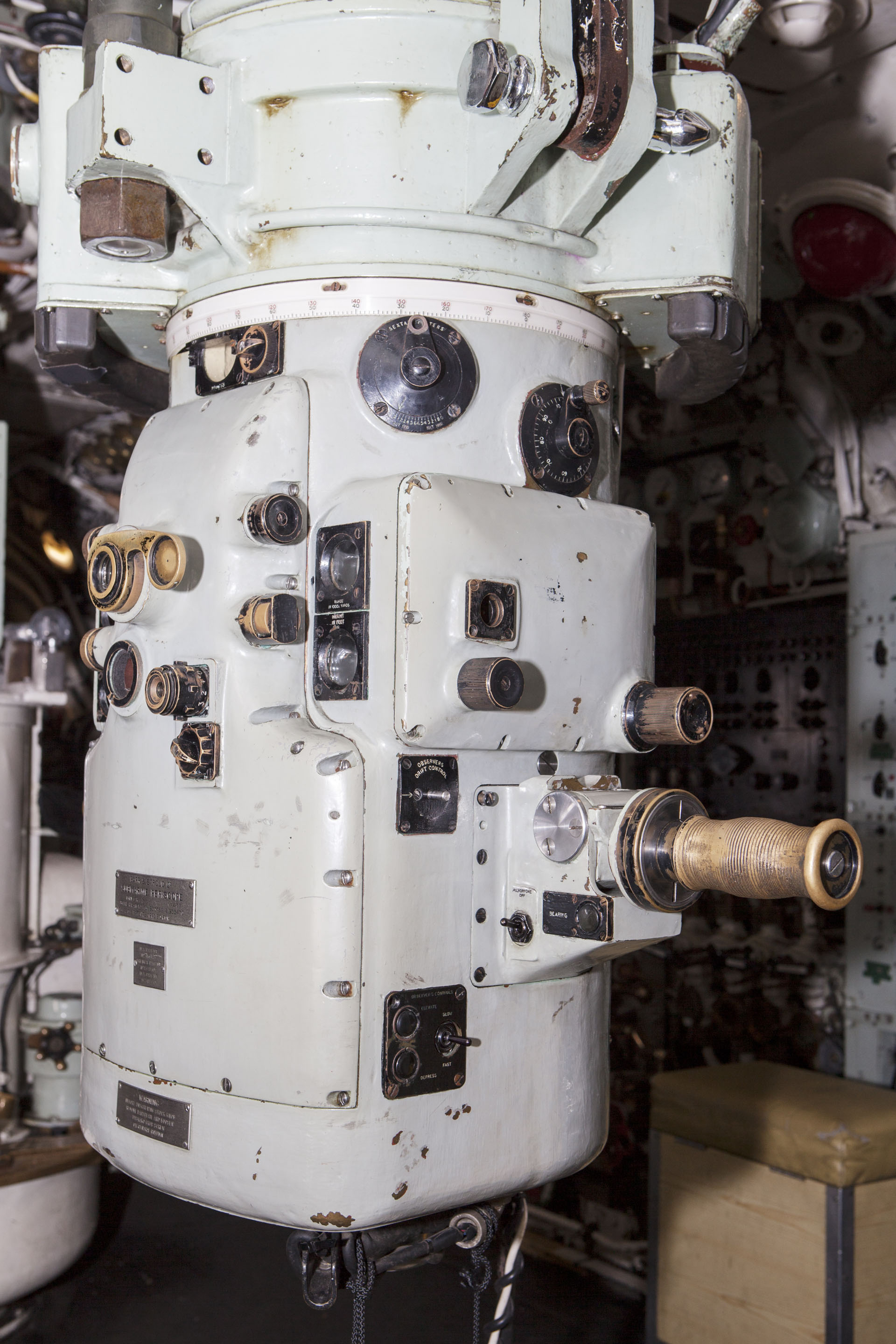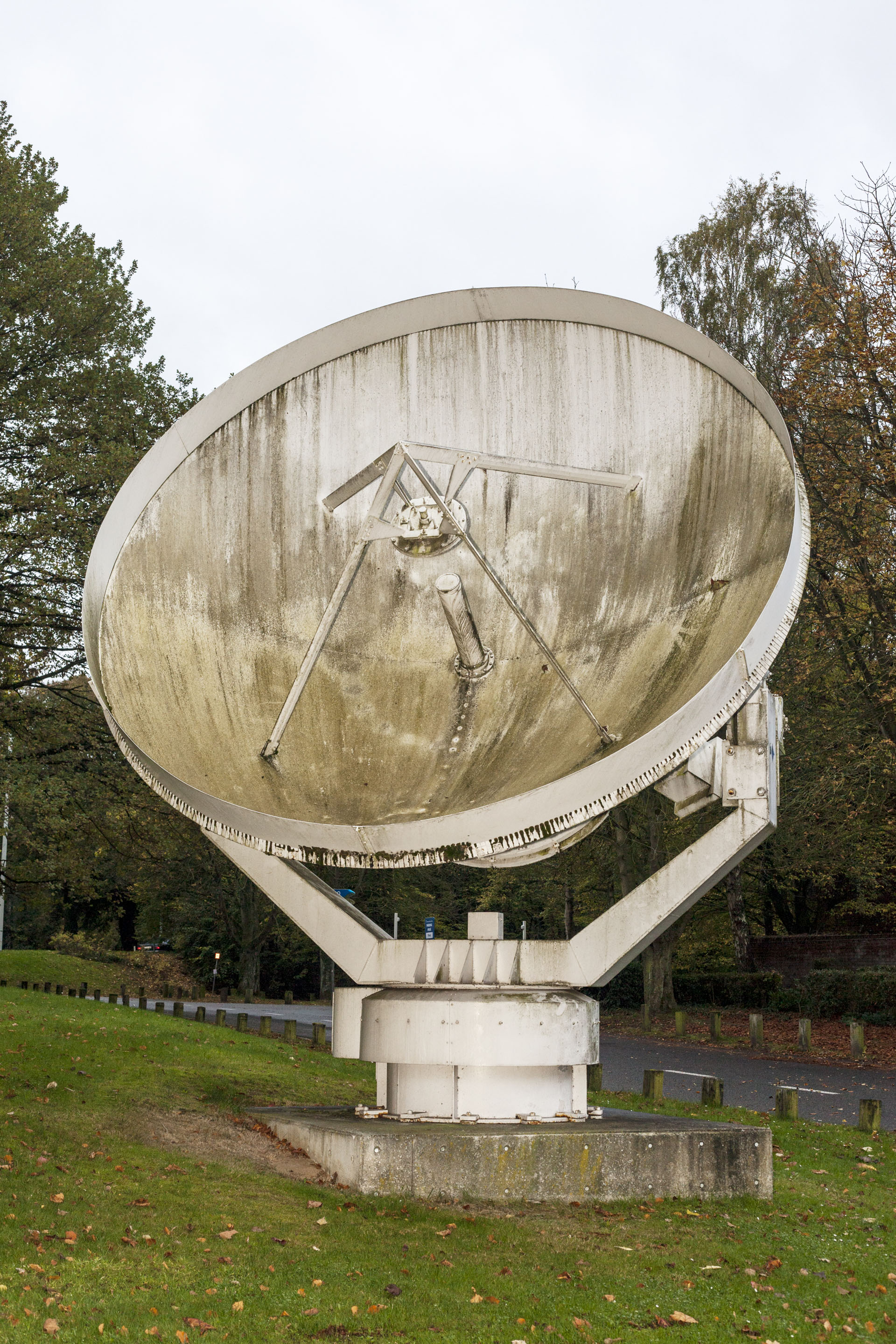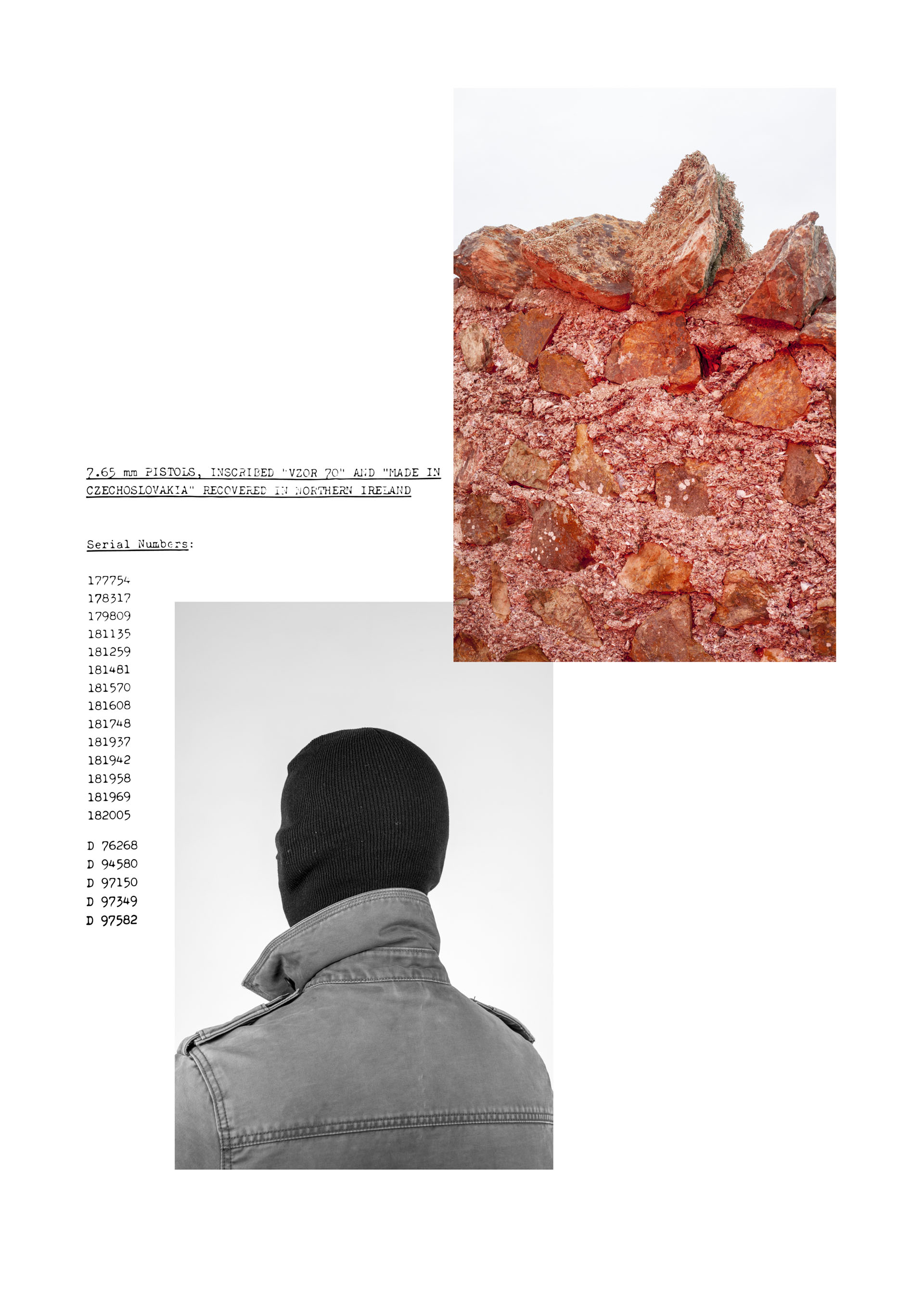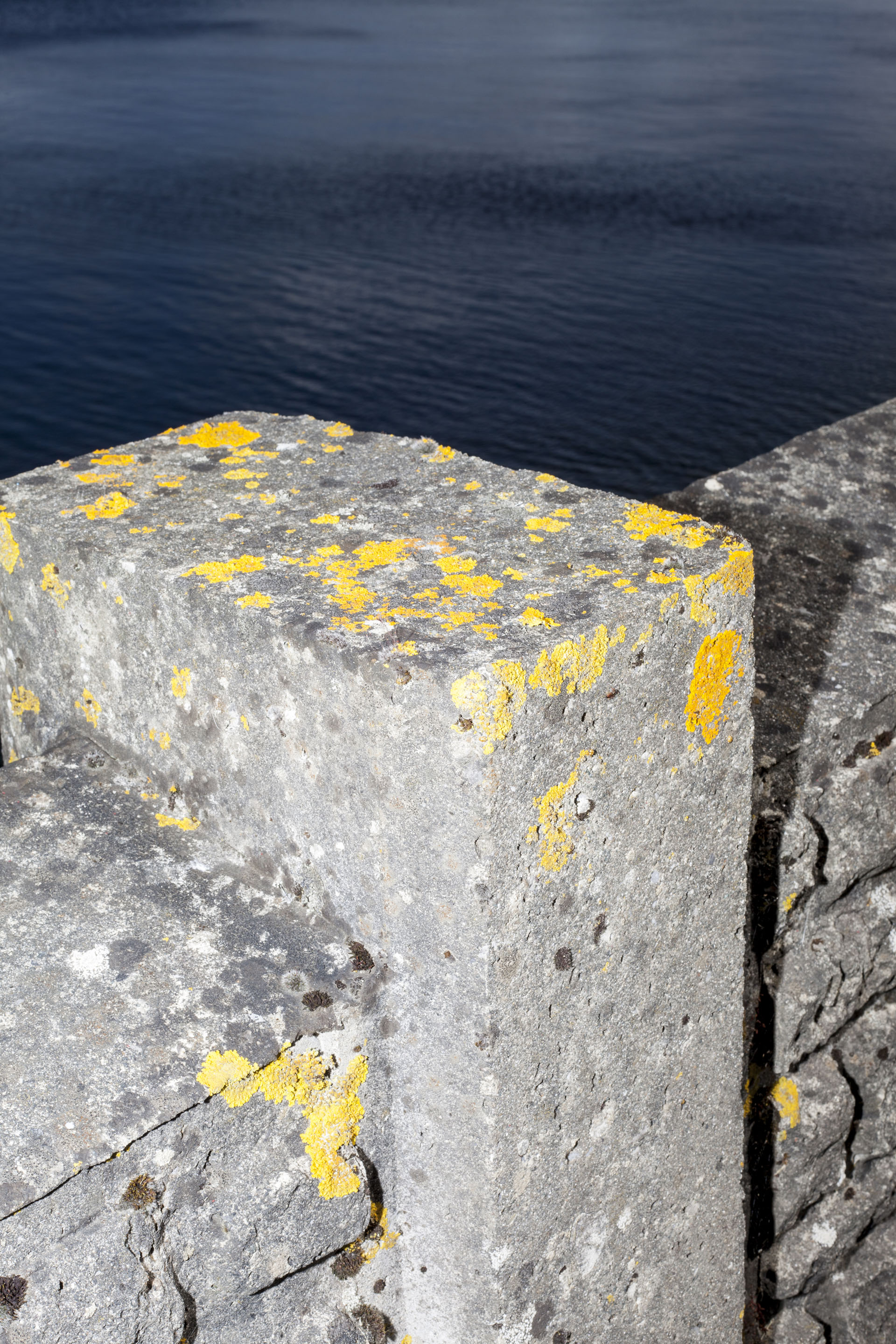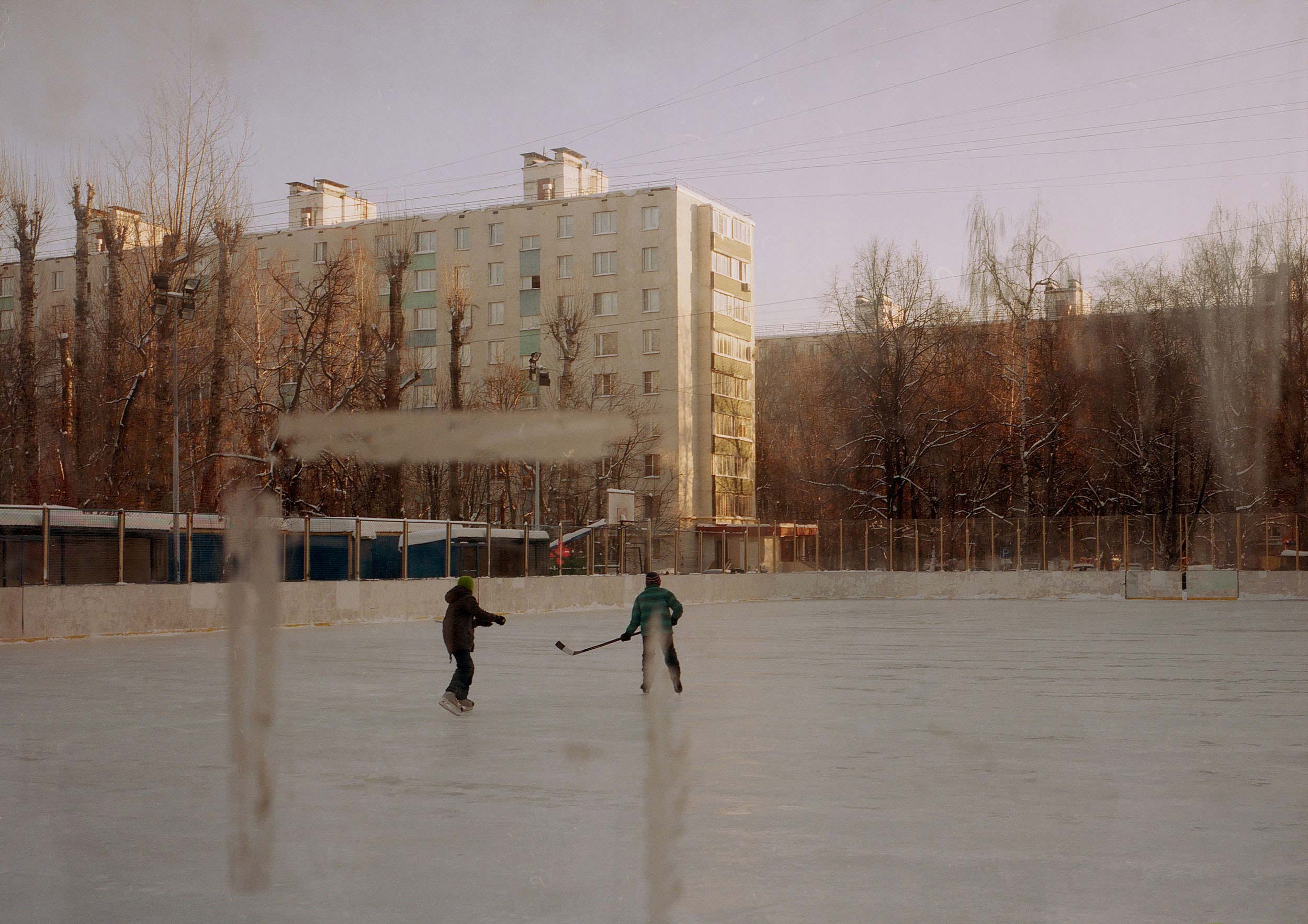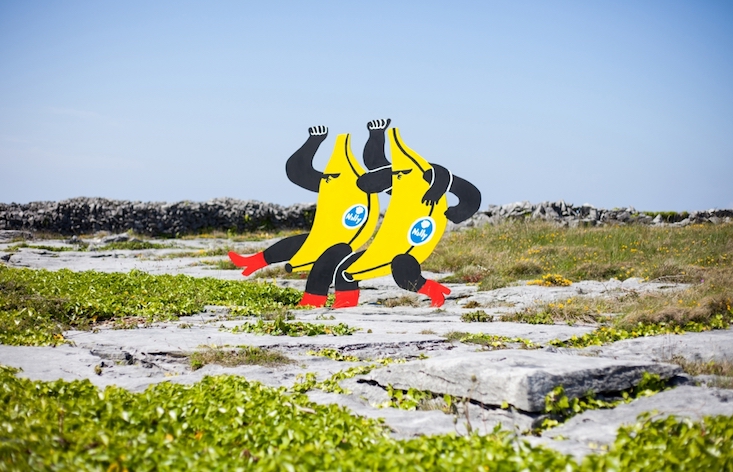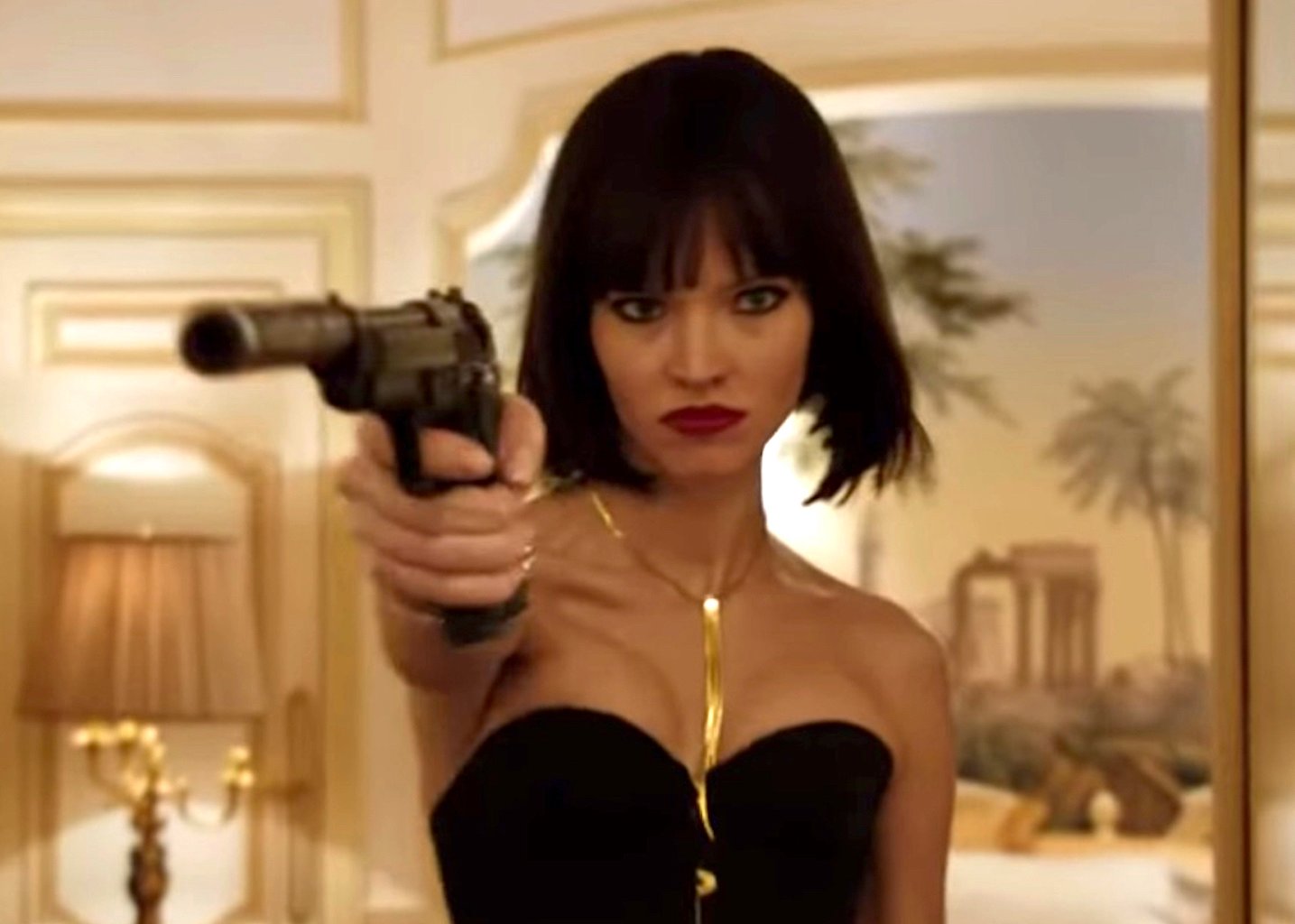Soviet submarines and an expelled diplomat: an intriguing spy operation in 80s Ireland reimagined through photography
What were Soviet submarines doing off the coast of Ireland in the 80s? Could they be clues to a possible spy operation? These are the questions that intrigued photographer Garry Loughlin to further research and visualise this unexpected tale from Irish history.
Ireland is not the first country you might think of as the setting for a 1980s Soviet spy story. However, photographer Garry Loughlin’s project The Clearing House suggests it was once the location for just such a tale featuring a sting operation in a suburban shopping centre, weapons supplied in exchange for intelligence, and two stolen bottles of vodka.
The curious incident in Irish-Soviet history took place 30 years ago, and very little evidence remains from this time. In pursuing the story, Loughlin had to make room for speculation. The series combines archival images, documentary, and staged photographs to build a project that questions the truth and storytelling capacities of the photographic image, and explores the broader issue of borders and territorial control.
Even 30 years on, penetrating the layers of disinformation still proved a difficult task
In September 1983, the Soviet second secretary Viktor Lippasov and his wife Evdokia were expelled from Ireland on account of “unacceptable activities” — a thinly veiled euphemism for spying. The first secretary and press attaché Guennadi Saline, who was out of the country at the time, was also told not to return, although it is the Lipassovs who feature most prominently in Loughlin’s project. These expulsions led to wisely-made claims in the press that the Soviet embassy was a “clearing house for an international spying operation”, although much of what actually went on remains unconfirmed. The Soviet government strongly denied all accusations of spying, and in an interview on RTE news, Victor Lippasov claimed their innocence. “His body language on camera stated differently,” writes Loughlin in an essay accompanying the project. It also emerged that a sting operation involving a US spy in the Stillorgan shopping centre on the outskirts of Dublin had apparently precipitated their expulsion, although this was never officially confirmed by the governments involved.
Loughlin’s interest in the Lippasov’s story was initially piqued by its inclusion in an RTE Radio 1 documentary about Ireland and the KGB, that outlined the long history entangling Soviet and Russian spies with Ireland. He was studying MA Documentary Photography at the University of South Wales at the time, and looking for a new direction to take his work, stating that he was “bored of my own photographs”, which had previously taken a more straightforward documentary approach to topics including the last artillery barracks in the Republic of Ireland (A Farewell to Arms, 2016), and an American road trip made by bicycle (Between Spaces, 2014).
The radio documentary included, in his words, a “really crazy reference” involving Soviet submarines that were often found “traversing the Atlantic”. Loughlin explains that “locals [noticed] there was more activity around the coastline at the weekends, when [the Soviet submarines] would have been picking up football broadcasts coming over to Ireland from the UK”. The imagery conjured by this anecdote of submarines filled with match-of-the-day-watching Soviet spies provided an initial light-hearted hook that spurred Loughlin to keep researching the topic. “For me it was just a fun element,” he explained. “If it didn’t have that, I don’t know if I would have stepped into uncovering this history, because I probably wouldn’t have considered myself that kind of photographer. The project was built from this lighter element, to something much heavier.”
When Loughlin began to research the topic further, he discovered a parallel with current Brexit-induced border debates and the potential imposition of territorial controls on Irish soil by a foreign government. When the Russian embassy was first established in Dublin in 1973, the British government feared the proximity of KGB spies. Ireland’s policy of neutrality and non-NATO membership meant it was ideally placed to funnel information gathered from Europe back to the Soviet Union. The British requested travel restrictions be imposed on Soviet diplomats, allowing them to travel no more than 25 kilometres from the embassy without prior permission from the authorities.
“The [history of the] introduction of the embassy to Dublin was so rich,” Loughlin explained. “The Catholic Church was resistant to it, as well as opposition parties, and obviously the UK. That was a main drive for me, pushing on through the project was essentially Brexit. Back then in the 80s all the restrictions that were applied on to the diplomats were upon the request of the UK, who threatened to close down all free travel [between Ireland and the UK], if [the establishment of the embassy] was going to go ahead.”
The invisible border created through those travel restrictions has gained a further significance during the Covid-19 pandemic. As Loughlin pointed out, in Ireland “when lockdown happened you weren’t allowed to travel more than five kilometers from your house”. While the restrictions the Lippasovs faced were the result of Cold War paranoia, to a certain extent we now all have an understanding of what capitulating to such conditions involves, as the various rules and regulations in response to Covid-19 have created unseeable boundaries to keep us, or others, safe.
Loughlin travelled the outskirts of the invisible border taking photographs at various points. He was not explicitly documenting anything. Rather, he explains, when taking these photographs: “I was shooting with all that research just sitting in my mind.” Perhaps because of this approach the photographs are ambiguous and beguiling.
In order to represent something invisible through photography, he used symbols: the edge of a stone parapet, pyramid-shaped blockades, a car park with empty designated parking spaces, and a height restriction barrier covering the entrance, all reference restrictions to movement. But beyond this, they also signify the roadblocks and dead-ends Loughlin faced in trying to decipher the facts of the story. In this sense, the often oblique or coded nature of Loughlin’s images parallels the paucity of information, secrecy, and speculation that surrounded the exact nature of the Lippasov’s time in Ireland — as well as a lack of remaining physical evidence.
In both cases, nothing should be taken at face value. A photograph of a barrel labelled “Holy Water” is included because the shape reminded Loughlin of the periscope of a submarine he had already photographed. But it also locates the project: “For me, the holy water in a barrel like that is something very Irish, so it’s positioning it there.” Beyond this, the image introduces associations to the Catholic Church’s resistance to an atheist state establishing an embassy in Ireland.
By necessity, some of Loughlin’s photographs take a speculative approach. Rather than directly documenting evidence of events, they allude to or represent aspects of espionage and hint at fragments of narrative that Loughlin pieced together from declassified official documents, newspaper articles, local rumours, and gossip. While he presents photographs of concrete and definable things — that we understand must have existed in front of his camera — deciphering what they might mean is another activity altogether.
For instance, the Lippasovs allegedly made a trip to County Donegal on the northwest coast of Ireland without declaring it to the Irish authorities, which prompted suspicions that they may have been signalling information to undercover vessels offshore. One of Loughlin’s photographs, taken off this coast, shows rocks exposed by a low tide that are alarming shades of red. “Instantly that was a symbol for me” Loughlin states, describing the origin of the image. “I was so happy to see that there was this red stain under the water line.” Further reference to a sinister presence hidden beneath the water’s surface is made through photographs of the interior of the Ocelot, now a visitor attraction at Chatham historic dockyards, but once a British surveillance submarine, active between 1962-91. And the football anecdote that sparked the whole project is represented somewhat enigmatically by a still from the television broadcast of the West Ham United v Liverpool match from 15 October 1983. Like many images in the work, it has a double significance. It both suggests what the submariners off Donegal may have been watching, and, as it captures the moment Craig Johnston was sent off for a sliding tackle against Billy Bonds, it also presents a visual reference that echoes the banishment of the Soviet diplomats.
The Clearing House is as much about the way that the story of the Lippasovs was told, speculated about in the press, and covered up by the state, as it is about recovering the truth of the events themselves. In taking this approach, the project provides a reflection on the role such narratives, and the fallibility of their telling, which creates and maintains one nation’s power over another. A series of photographs overtly reference this by spelling out in Morse code “Active Measures” — a term used to describe the Soviet and Russian security services’ actions of political warfare, which included the spreading of disinformation.
Loughlin started the project thinking he would be able to speak with and photograph the people involved. However, he soon found that most of them were dead, or had disappeared without a trace. The one person he was able to interview was Jim O’Keefe, the Irish foreign minister who was responsible for telling the Lippasovs they had to leave the country. However, this didn’t provide much clarity. Loughlin recalled “it wasn’t until I got home, and I was listening [back] to what he was saying, and […] going back over newspaper articles, [I realised] his account is exactly the same today as it was back in ‘83. To me that rang as [being] like a script.”
Even 30 years on, penetrating the layers of disinformation still proved a difficult task. Who is in control of the narrative, or in Loughlin’s words “who is delivering what” emerges as an important aspect of the story, which resonates with today’s political climate when the loudest voice, or most emotive portrayal takes precedence over verifiable information or accurate representation.
The Clearing House does not provide conclusive answers, or outright certainty about events, but rather requires the viewer to weigh through layers of meaning and decipher their own standpoint towards the information presented. Photography in its inherent ambiguity is the ideal medium for such an approach. The medium has long been burdened with the expectation that it will tell the truth or provide evidence, but for almost as long its use by artists and photographers has proven it is intrinsically suited to weaving fictional narratives, expressing opinion, or inventing ways to see the world. In surfacing this unexpected tale from Irish history, The Clearing House provides a timely opportunity for viewers to test their capacities for critical viewing and acts as a reminder that photographs are not transparent but create their own realities.
Garry Loughlin’s latest project Kontol is a part of Reset, an online exhibition that runs during Futures Digital Festival over the month of October. It can be viewed here.
